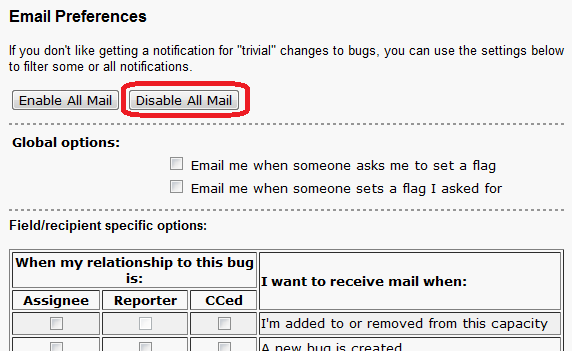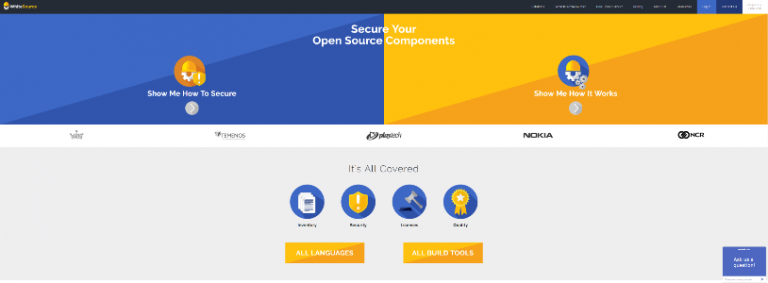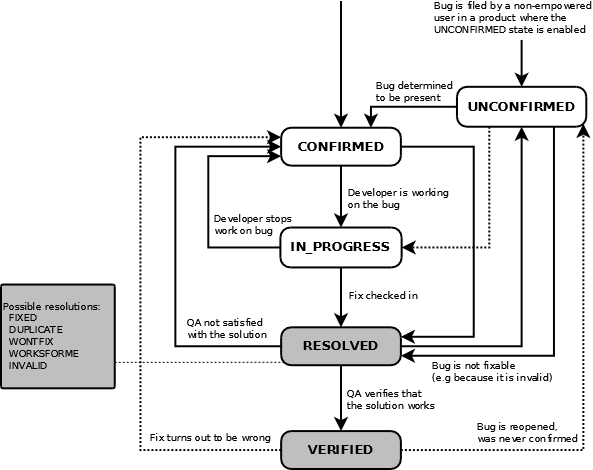

If issues are to be exchanges, a common ontology will help.Īlso, this would allow describing a specific group's workflow, and allowing a generic The I18N Issues tracker has a nice UI, a mail interface, based on XML Could this the UI needed for ExIT?Įmail tracking (especially last call comments) with RDF/N3/cwm to spec-prod, cwm-talk discusses a system used for OWL, webarch, and SPARQL.Ī Team-only thread relates to this very specific topic see if there is more to be extracted from it.ĭifferent groups need different types of issue, allow issues to be in different states, and keepĭifferent metadata about issues, and about transitions. The Poorman issues tracker extracts issues from a given mailing list, by using conventions in the subject lines to denote the status of an issue limited by the threading break between the archives period (could be overridden by longer periods for the archives?), and not very richful to track related information a Semantic Web technologies based version of this has been developed too The C source for this is available for any group who wants it. Finally, the HTML Working Group has a script that will extract issues from the system to auto-generate Disposition of Comment documents. It also has a web front end, and you can submit issues via that if you choose.

However, the HTML Working Group has exntended it to map to the W3C workflow. It works with an email interface (ie, you send mail to a given mailing list, and get an acknowledgement + records the issue in the database) It is written in C, and is difficult to customize. Jitterbug is a now unsupported issue tracker used by the HTML working group. However, we have found that its email reminder features about assigned and new issues are very useful for those users who have issues assigned to them and we have recently begun using the system to track incomplete action items as well as open issues.Īlso, Max Froumentin has developed an XSLT to produce a Disposition of Comments document directly from a bugzilla database see the resulting DoC (Member-only). At this point in time, our issue data is largely maintained by the editors and chairs in our WG, but my hope is that we can get more individuals from the group to begin using it more actively and to help with maintenance over time.
#Bugzilla workflow customization how to#
Note that Bugzilla is kind of a double-edged sword in that it provides very powerful tracking and query features for those who are willing to take the time to understand how it works, but it can be a bit overwhelming and confusing for those who have not had opportunity to work with bug/issue tracking systems before or are not willing to take the time to read the documentation and understand how to use it.
#Bugzilla workflow customization software#
W3C Bugzilla (an instance of Bugzilla, an open source project used to track bugs in software projects) is used by some W3C groups to track issues has a complete UI, but is ill-adapted to the way W3C works the the WCAG version is better, because better suited to issues tracking it has been customized using the Template toolkit should this customization be proposed as part of W3C Bugzilla install? Ben Caldwell, one of the editors of the WCAG WG notes: RoundUp is open source, python-based, SQL (mySql or postgress) based issue tracker. It is in use by many working groups, and allows tracking on the Web, through IRC and via mail.ĮxIT is an XML Schema based solution specifically designed to match the way issues are handled in W3C process uses W3C Technologies, but lacks a friendly GUI (see below) Tracker is a mySQL-backed tracker by DeanJackson. What are the tools available to track these issues? How could they be improved?

W3C process sets different requirements on the way issues are addressed.


 0 kommentar(er)
0 kommentar(er)
